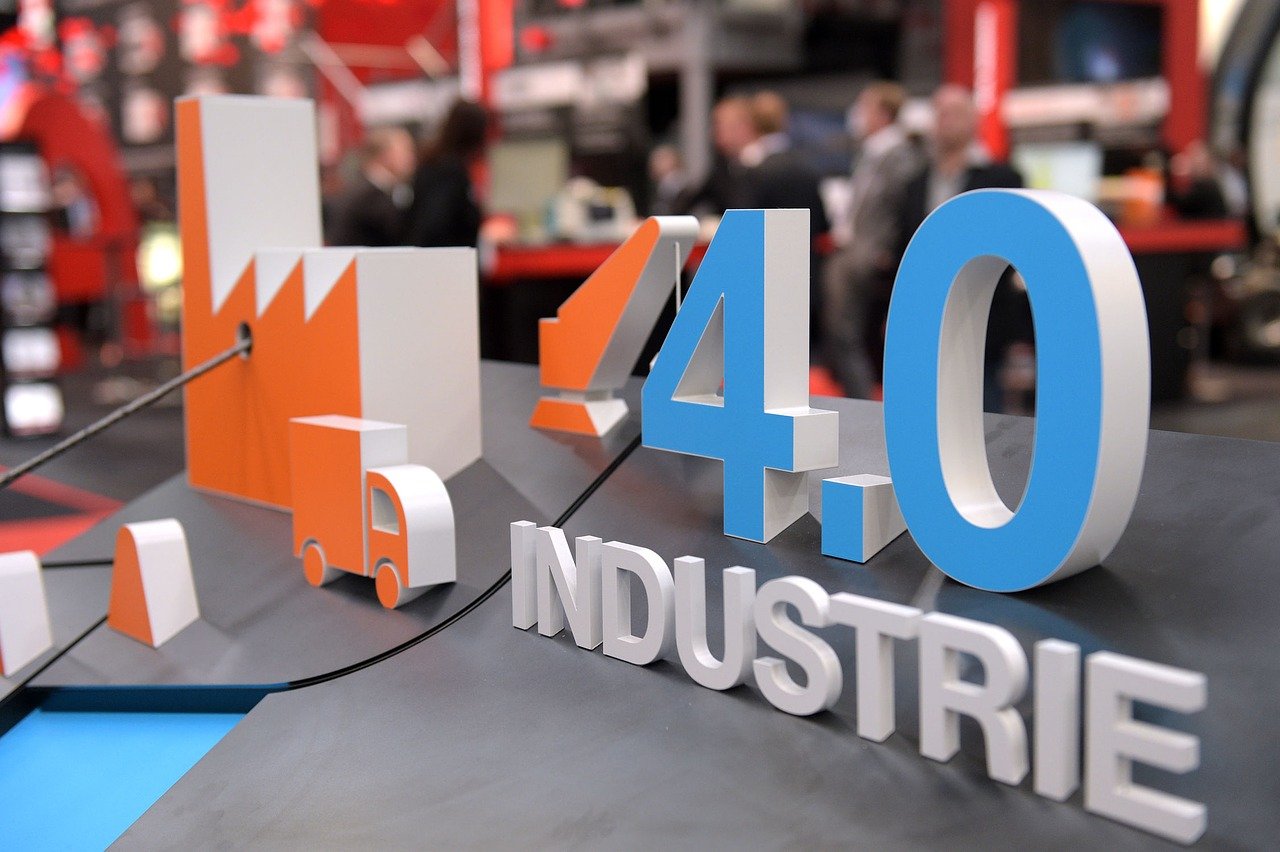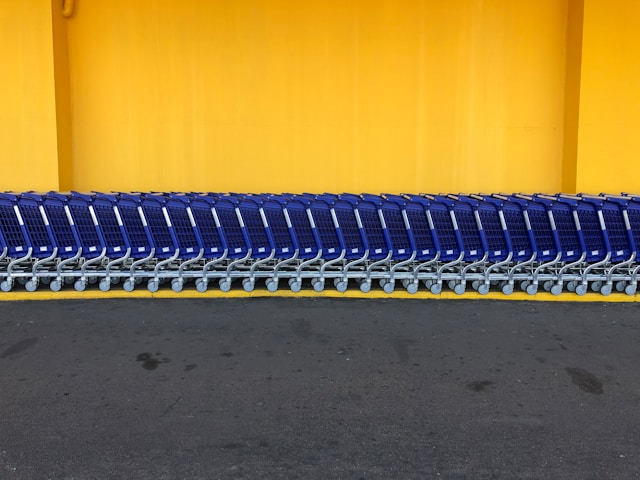The emergence of Industry 4.0 technologies in industries across the globe has held a varying level of impact when it comes to one element in particular: occupational health and safety. Whilst OH&S is an evergreen concern to all industries, ensuring worker safety is easier said than done in industries with a higher than average number of risk factors, these being industries like mining, manufacturing and fabrication, construction, and civil and telecommunications infrastructure.
So how do Industry 4.0 technologies help these highly labor-intensive industries improve on their existing OH&S standards? We’ll be exploring just the answer to this question today.
Improving overall site safety across various industries
Businesses have been quick to invest in Industry 4.0 technologies because of the potential for this technology to save business owners both time and money in the long term. AI industry tools allow companies to pursue an optimal, cost-effective approach to their production processes. This approach essentially removes the need for trial and error, which in turn improves the overall safety of that particular worksite.
Assuring health and safety with digital mining solutions is a great example here. Simply put, digital mining technologies allow mining companies to retrieve the highest possible yield for the lowest energy output. Intelligent software connected to pressure sensors allow mining companies to accurately gauge the size or mass of mineral deposits without the need for total physical extraction. These processes allow mining companies to drastically reduce the likelihood of experiencing common site hazards and potentially lethal phenomena like rock falls, slope or batter instability, and dust exposure.
Alongside improving mining methodologies, digital mining solutions can also incorporate wearable tracking technology. This tech allows on-site or even off-site supervisors to keep track of workers on-site and detect if those workers enter high-risk areas. Communication tools can then be used to help workers steer clear of high-risk areas with ease.
Streamlining risk factor analysis processes
Speaking of high-risk areas, one of the most crucial aspects of OH&S for labor-intensive industries is conducting risk factor analysis assessments for sites, equipment, and workforces. Naturally, all industries have their own processes with regard to risk factor identification and assessment, which is precisely why there’s no ‘one size fits all solution to this task.
Thankfully, the incorporation of machine learning software in labor-intensive industries makes it easier for businesses to develop risk factor analysis procedures that are uniquely tailored to suit their workplaces. For instance, construction companies can use Industry 4.0 tools to help pinpoint Jobsite risks like the likelihood of structural collapses occurring due to environmental triggers. These machine learning tools use algorithms to accurately estimate the likelihood of accidents based on data derived from build modeling software, as well as soil stability, water leak detection, and other environmental site testing processes.
Automating risk factor identification and assessment processes in turn allows construction companies to reduce overall time spent on any construction project, ensuring that companies can take on more jobs in a smaller time frame, alongside providing their clients with reduced service rates.
Predictive maintenance through AI tools
Of course, even digital technologies require ongoing maintenance like their traditional counterparts. Anybody who’s worked in a warehouse or any other environment that utilizes a large number of specialized equipment is probably already highly familiar with the importance of equipment maintenance. Malfunctioning equipment can result in a great array of workplace incidents, ranging from wasted resources to workers being injured when tending to unserviced equipment or machinery.
Digital technologies are no different, and will likely require similar levels of ongoing maintenance over the course of their usable life. The primary difference between Industry 4.0 equipment and machinery and their traditional counterparts, however, is that Industry 4.0 tech is designed to possess predictive maintenance and intelligent self-diagnostics capabilities.
Predictive maintenance capabilities can be designed by developing software toolchains for industry equipment and machinery. These toolchains can be triggered to run by distinct external factors like overheating or other programmed stimuli that can potentially alert the machine’s operating system that a diagnostics test is required. In essence, predictive maintenance technology is yet another way that Industry 4.0 tech allows businesses to take advantage of automation processes, both as a means of saving time and money, as well as boosting workplace health and safety by reducing the risk of malfunctioning machinery.
Supporting workers to maintain a positive work/life balance
Finally, as Industry 4.0 technologies allow industries to streamline and digitize their production processes, it’s naturally led to many modern businesses reevaluating the structure of their working week, and providing professionals with greater scheduling flexibility. As Industry 4.0 tech provides many site supervisors with the option to work remotely, hybrid work models can actually be introduced into these traditionally on-site work environments.
This is a major benefit to workers within the mining, logging, and other resources industries, who often find themselves traveling to work and leaving their families for prolonged periods of time. The opportunity to work from home or work anywhere else in the world, effectively allows workers to take full control over their work/life balance and in turn, improve their emotional health and wellbeing.
~
As you can see, the potential for Industry 4.0 technologies to revolutionize modern industries doesn’t just stop at bolstering production alone. These digital technologies have also demonstrated an ability to play a major role in making these vital global industries more sustainable, both with regard to their production processes, as well as in maintaining and strengthening their OH&S standards.







